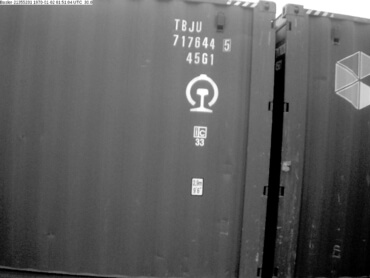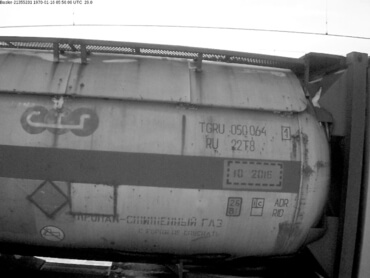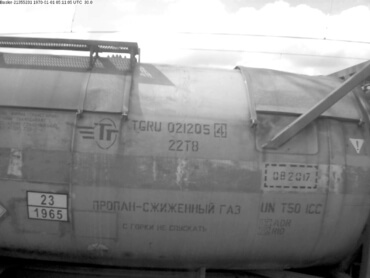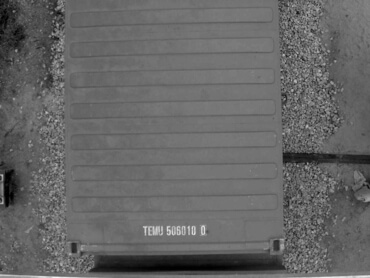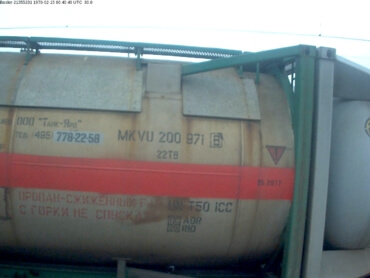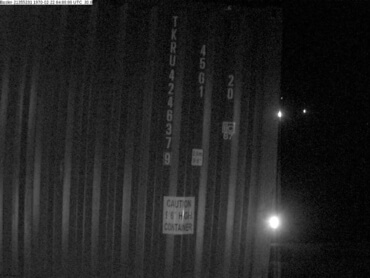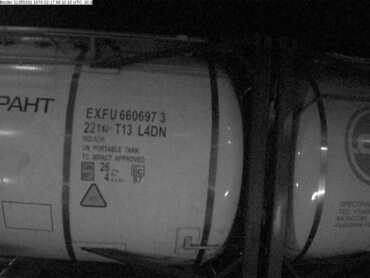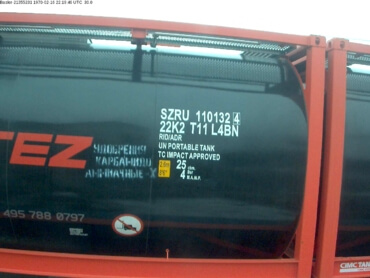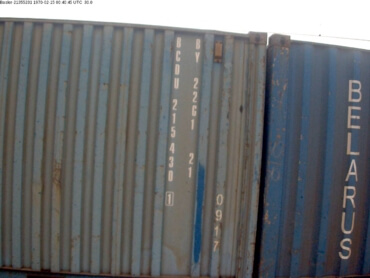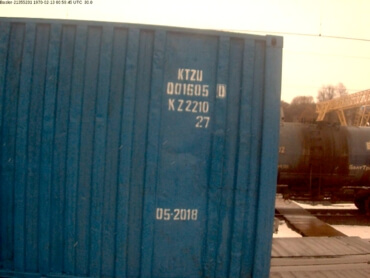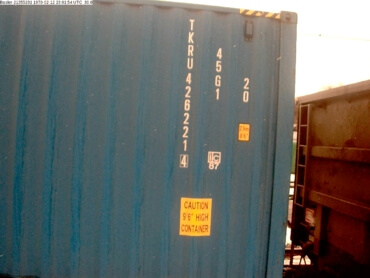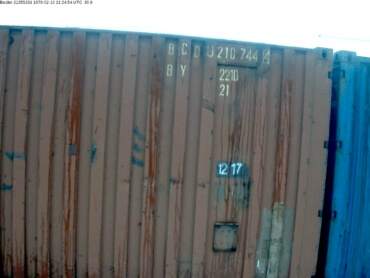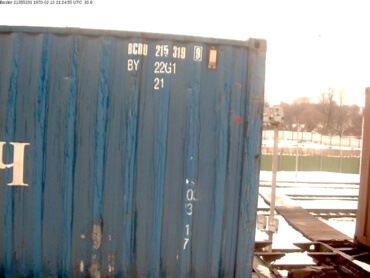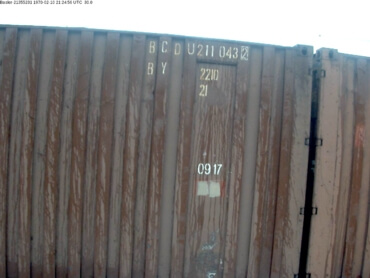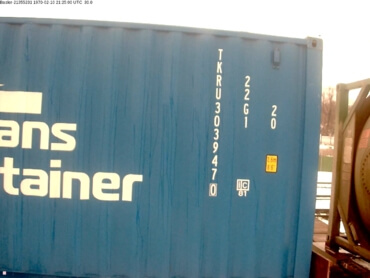24/7 real-time optical recognition of vertical and horizontal numbers (ISO 6346) cargo containers being transported on a motor vehicle, flat wagon (flat car), or crane, with a single consolidated recognition result for each container.
Intlab Container is a software development kit (SDK) for third-party integration of 24/7 optical detection and recognition of container identification numbers in a broad range of external conditions. The engine supports standard containers of all dimensions and tank containers with an identification number compliant with ISO 6346. The engine provides the ability to read numbers in individual images as well as video steams. The engine provides the best quality recognition when used with a video stream, since the results received from individual frames taken from different cameras are analyzed and combined to form a single result for each container. Because container numbers are duplicated on all sides and twice on the top of the container, 2 to 6 cameras may be used to achieve the best recognition results.








